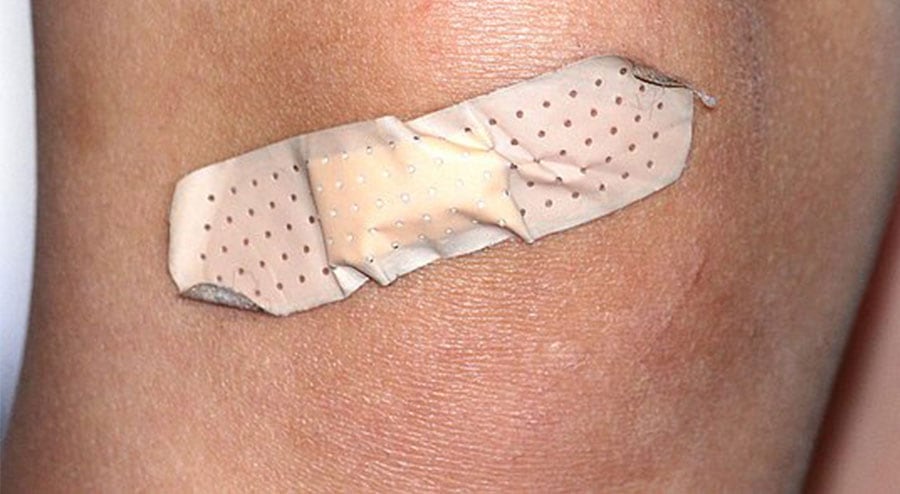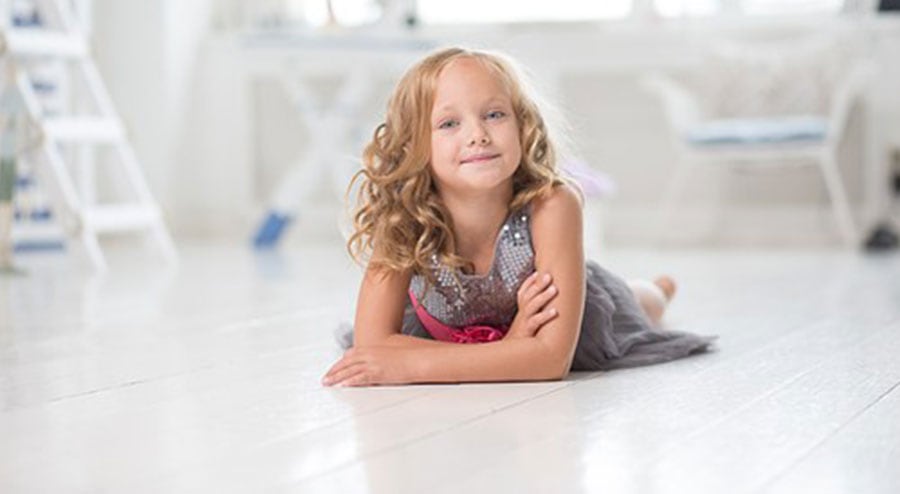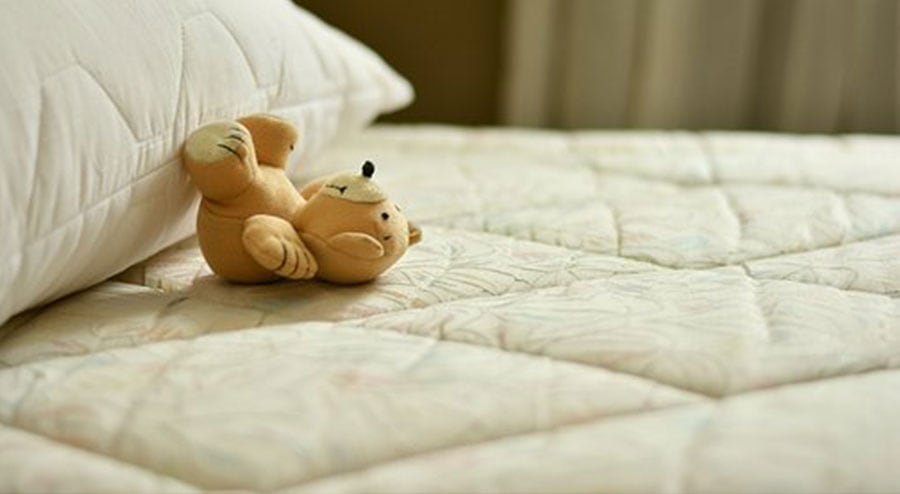We all want to keep our children safe at home and enforcing safety rules at home is how the household runs smoothly. Simple things like installing a smoke alarm, having a first-aid kit on hand, having a carbon monoxide detection system in place and keeping all cords, medicines and poisons out of reach of children are part of the basic safety inspection checklist for any home.
However, when it come to home safety, household rules are imperative. They are made for child safety, the safety of others, to create good behavior and to ensure the home is kept clean and orderly. There are several risk factors at home that can lead to serious injuries. Teaching children how to avoid certain hazards and how to clean up properly can reduce the risk of injuries. Making a fun checklist is one way to make certain children understand critical safety steps.
What Are Home Safety Risks?
At-home accidents and injuries affect around 3.4 million children in the United States annually according to the Centers for Disease Control and Prevention. Unfortunately, thousands of these accidents and injuries result in death. The leading causes of injuries include falling, choking, drowning, suffocation, fires/burns and poisoning.
A kitchen is a common place for injuries due to several hazardous appliances and sharp utensils and is a place where you have to put in a lot more work to keep every child safe. Knives are the most common source of accidents because they can be easily accessible if left within reach or for a child who likes to climb onto counters. They can also be accessible if the dishwasher is not in the lock position.

The oven and stovetop are sources for burns and fire hazards. A child can easily and quickly run up to an open oven door and cause significant burns. If a child is tall enough, they can easily reach up and burn their hand on a hot burner. One hazard that families may not think about is a child throwing an object onto the stovetop. If the stove is on this can cause a fire.
Using caution with boiling water is extra important when there are children in the home. Children can easily maneuver themselves around someone’s legs and accidentally get in the way. This can result in the child being scalded. Keeping the kitchen floor free of mess can reduce the risk of injury. Slipping and falling is a possibility if liquid is spilled onto the floor.
Tripping and falling can occur if chairs or step stools are not placed back where they belong after use. Another common place for slips from a wet floor is in the bathroom. The use of a bathmat and wiping away any water will reduce injuries. Cleaning products should always be kept away from children.
If the chemicals are being kept underneath the sink in the kitchen and bathroom, the cabinet doors should have childproof locks. Other types of chemicals, such as laundry detergent should be kept on a high shelf where children cannot reach them. Bedrooms can pose threats to children as well. Children can accidentally tip over dressers, television stands, and bookshelves if they are not secured to the wall.
On average, one child will die every two weeks from furniture tipping over in the United States. Other pieces of furniture, such as changing tables, are hazardous to small children if they do not have straps to secure the child from falling. Fire hazards inside of a bedroom include nightlights and space heaters. Any fabric that is touching a nightlight has the possibility to catch fire.
Space heaters must have clear space all around them to reduce the risk of a fire. Space heaters should not be unattended while in use and should be turned off if no one is in the room. It is important to keep loose change, keys, medications, scissors, and other small/sharp objects out of reach. Many people have a habit of putting loose change and other contents on their nightstand and dresser. Children can easily access these objects and harm themselves.
A more serious object that adults may keep in their bedroom is a firearm. Firearms should always be kept in a locked drawer or safe, unloaded with the safety lock on. Simple things such as walls can cause injury, too. Mirrors and other wall decor should be hung securely and checked often for signs of loosening.

Any nails in the wall that are not in use should be removed and properly disposed of so they do not fall onto the floor. This can puncture the bottom of a foot or a child can choke on it. According to the National Electronic Injury Surveillance System of the US Consumer Product Safety Commission, a child under the age of five is sent to the emergency room every six minutes from stair-related injuries.
Keeping stairs clear of debris will significantly reduce the risk of tripping and falling down the stairs. Railings and banisters should be secure and checked from time to time for signs of loosening. Are safety gates secure and locked? Children can push through a safety gate if it is not secure and fall down stairs, causing major injuries in most cases.
The yard contains a variety of ways that children can be harmed. The front and backyard walkways should have adequate lighting for nighttime to reduce the risk of falls. The walkways should also be clear of any debris such as toys. In ground pools should have a cover and a fence around them to lower the risk of drowning. Above-ground pools should have their ladders removed when not in use so children cannot climb up and accidentally drown.
What A Checklist Should Include
Teaching your child how to be responsible and safe will allow them to become self-aware of the dangers surrounding them. Creating a daily checklist can benefit the household greatly. Children can learn how to become responsible by following a checklist. Checklists should include small activities that will reduce risks of injury. There should be a section for different areas of the home.

Kitchen:
A kitchen checklist will vary depending on age. Children can sweep the floor and use a dustpan to throw debris into the trashcan. They can push in chairs, so they are not protruding out from the table where someone can trip. Older siblings can make sure the dishwasher is locked and any cabinet child locks are secure.
They can also put dishes in the sink to reduce the risk of breaking glass. Refrigerator magnets should be high enough so small children cannot reach them and put them in their mouth. Are there any spills that need to be cleaned? If so, children can use a rag to wipe up any mess.
Staircase:
If children are old enough to go up and down stairs with limited guidance, they are old enough to clean up any toys they left behind on the steps. If there is a rug at the top of the staircase and/or the bottom, they can make sure the edges are lying down flat to avoid tripping.
Living Room:

If toys are strewn around the living room, children can clean up their mess and puts their toys back where they belong. Any debris in front of a door should be moved to avoid tripping. If there are any rugs in the living room, are they folded at the edges? If there are any dishes or food in the room they should be taken to the kitchen and disposed of properly. If there is a fireplace, are there any flammable objects nearby that need to be moved? Is the fireplace screen where it should be? Are the windows locked?
Playroom:
Toys should be put back where they belong to avoid falling over them. If there are any pieces of food on the floor, they should be thrown in the trash. Have any batteries fallen out of toys? The batteries should be given to an adult. If there is a window in the playroom, it should be locked.
Bathroom:
Children love bath toys, but they can be a falling hazard for adults. Toys should be cleared from the tub and put in their designated spot. Any water on the floor should be cleaned up with a towel to avoid slipping. Clothing should also be put into a hamper/laundry basket or taken to the laundry room.
Bedroom:

Bedroom windows should be locked and curtains/blinds closed. If there are any old sippy cups/bottles, they should be taken to the kitchen to avoid drinking sour milk/juice. If there is a heater in the room, any objects in close proximity need to be moved. Are the dresser drawers pushed in? Toys should be put away as well.
Hallway:
Any toys should be put away so no one trips in the middle of the night. Any nightlights should be turned on. Is there a rug that needs repositioning?
Entryway:
Children can check to see if the front and back doors are locked. They should also remove any toys that may be on the front and back porch where someone can easily fall over them.
Make it Fun
A boring checklist will likely not gain much interest from children. Using bright colors and pictures is a great way for kids to be interested in what the checklist says, and they will likely be more willing to participate. Stickers can be used to tick off each item as they are completed and be easily removed to start all over the next day. Implementing a reward system may prove beneficial as well.
Sources
- https://www.ncbi.nlm.nih.gov/pmc/articles/PMC2253592/
- https://www.cdc.gov/safechild/nap/index.html
- https://child-guard.com/blog/12-household-safety-blogs/
- https://www.control4.com/blog/2016/01/top-home-safety-tips-every-homeowner-should-know
- https://www.vectorsecurity.com/how-to-use-technology-to-stay-safe-this-halloween
- https://www.movoto.com/blog/home-safety/home-fire-safety-movoto/
- https://www.grab-bar.com/blogs/articles




